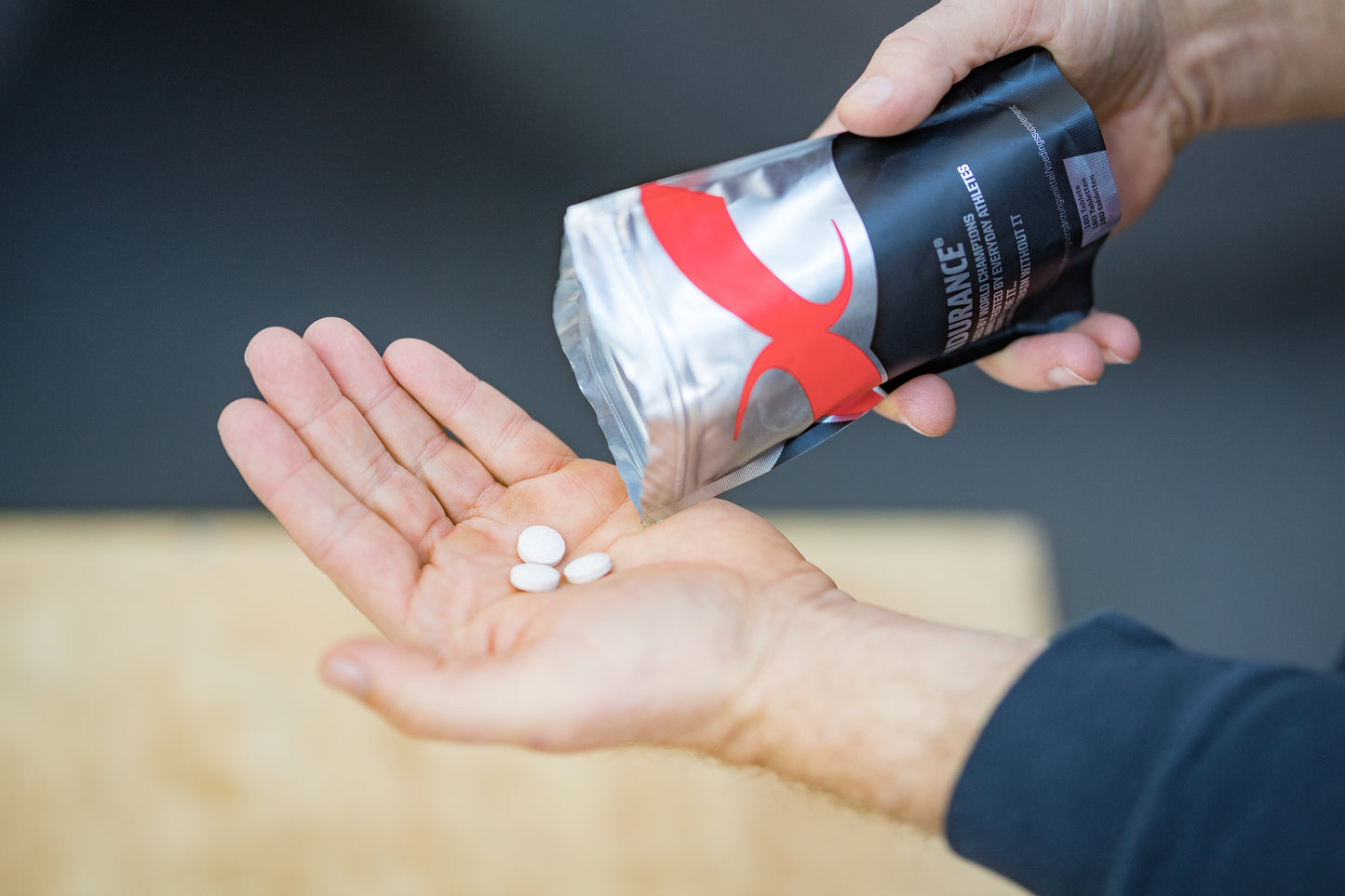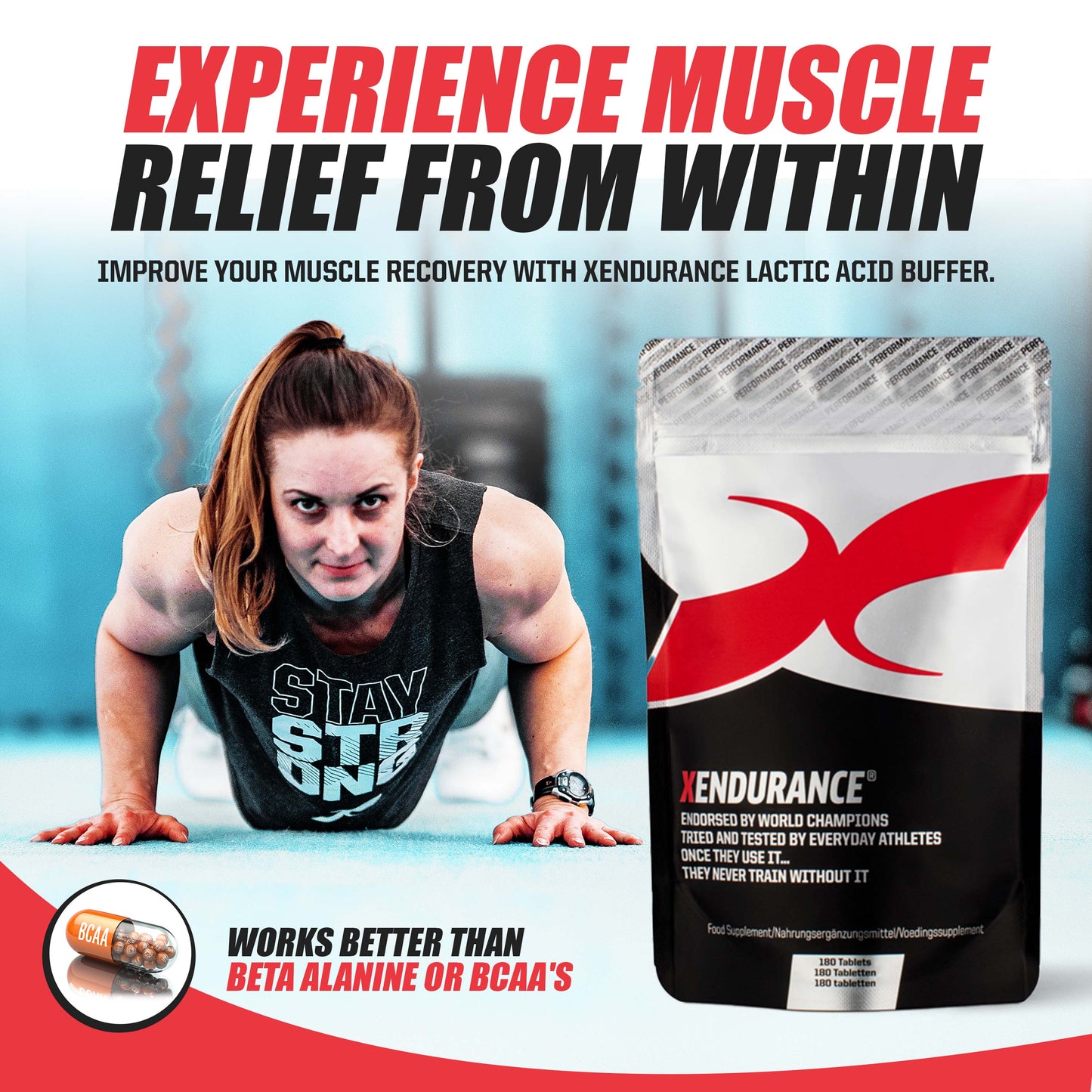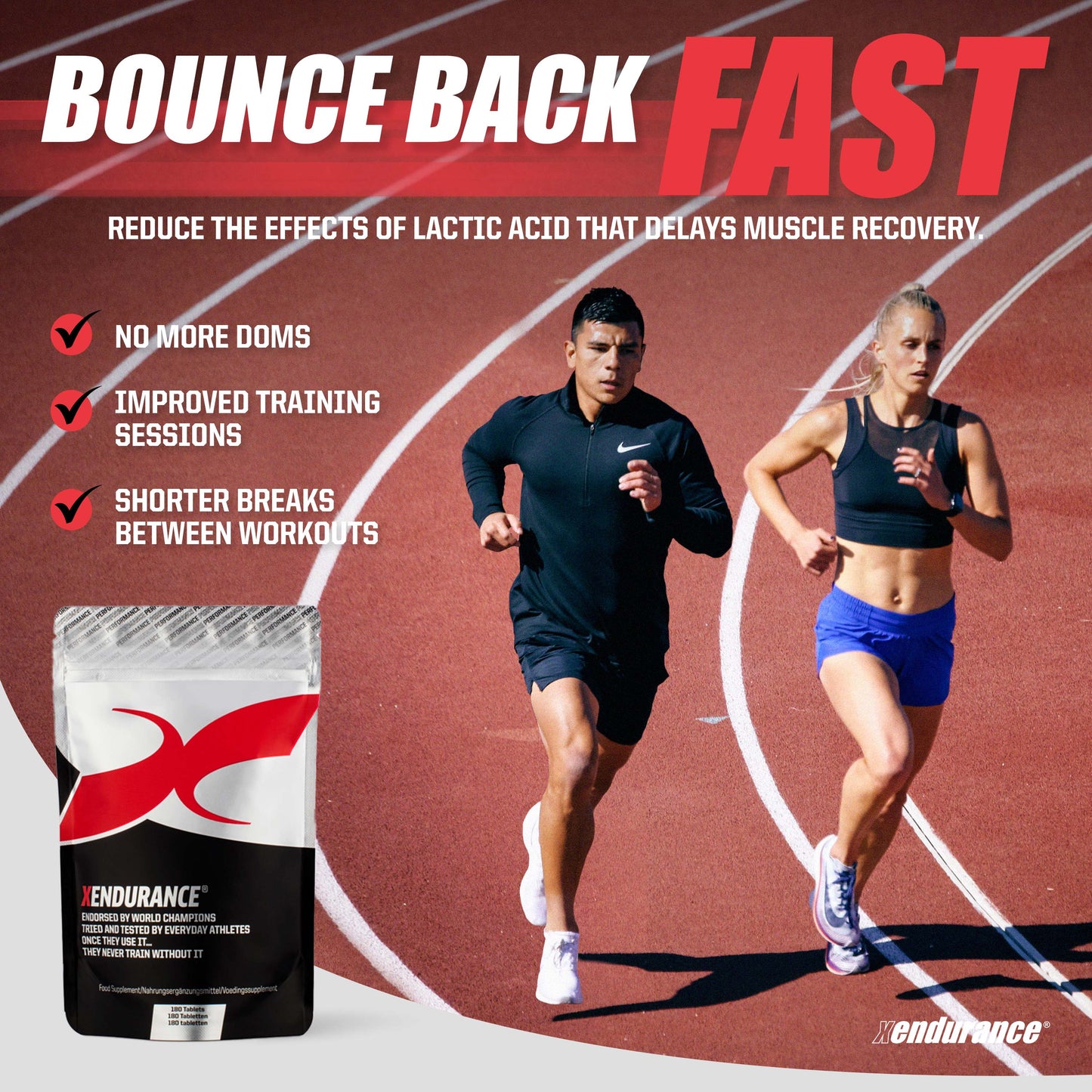By Sean Fontana
It’s almost here, the race we’ve been spending quite a few months training our body and mind to be prepared for the 26.2mile distance, the London Marathon! In this blog I’ll be looking to share my top tips on nutrition and some of my key marathon training sessions as we approach the London marathon. The most important thing is that you find what works best for you, in your nutrition and your training. Don't fall into the trap of doing the same cookie cutter training sessions as your friends if you feel they aren’t working for you, either too long in volume or too intense in speed work. You have to find the right balance between you getting to the start line fit and in one piece with the right nutrition strategies to optimise training and race day performance.
1. Staying Injury Free
This is the most important advice I tell the athletes I coach, we have to listen to our body and allow our physiology to absorb the hard work and mileage we’re putting through our muscles, tendons, ligaments and bones on a weekly basis. How we do that is by understanding when to push hard and when to ease back and recover during our marathon training cycle. Usually I will implement a three week up and one week down approach. This means the training will create a state of fatigue and stimulus to the physiology over a three week period followed by a regeneration week that allows the body a lighter week to absorb all the great work they've done over the three weeks and allow the body to dip in and out of the super compensation curve in a periodised fashion. This allows us to avoid physical and mental burnout throughout the marathon cycle. I will also recommend a supplement like Joint-4, that I take on a daily basis, to help promote faster healing of the bones, tendons and ligaments from the constant impact that road running brings on the body.
2. Practice Your Fuelling Throughout Training Sessions
This is a big one! I see most people training with just water on their marathon training sessions or possibly nothing at al, and then expect the body to be okay consuming gels, energy bars, water, caffeine and energy drinks along the marathon course, only to then be left half way through the race with gastrointestinal issues which prevent them from achieving their predicted time they've been working so hard for. We have to not only train our body and minds but we also have to train our gut to tolerate the fuel we would like to consume come race day. This can be difficult is you’re going out a run and no-one is running or cycling beside you but maybe you can either very kindly ask a friend or family member to cycle beside you on a marathon session day or long run day and practice taking on fuel at marathon race pace to see how your gut responds to the fuel you’re putting in, especially at marathon pace. If you can’t get someone to run or cycle beside you to carry your gels or drinks maybe look at a loop you could do and place your drinks and gels on the loop so you can run past and conveniently grab. I know this may sound like a lot to ask but this can make or break your marathon day if your gut can’t tolerate the fuel you’re putting into it.
I like to pre-load my fuelling by sipping on some Fuel-5 the morning of the marathon session or race with breakfast and a coffee. Then after my warm-up I like to consume one citrus flavoured Xedurance gel to have the carbs already starting to get to work in my system and have the glucose readily available for my muscles to use.
Around the 5 mile/8km point in a race or training session I will have 200ml of Fuel-5, 10 mile/16km point a berry flavoured Xendurance gel, 15 mile/ 24km point 200ml of Fuel-5, 20 mile/32km point Xendurance citrus flavoured gel and a few more sips of Fuel-5 before looking to run hard over the last 10km. In the last 10km I will possibly just have a few sips of water/Xendurance Hydro as I have pre-loaded my carbohydrates at each point in the marathon session or race that I will have enough blood glucose and muscle glycogen sparing that will take me to the finish line without hitting “the wall.”
So in total I will consume 3 gels and around 1000ml/1ltr of Fuel-5 with around 200ml of water/Hydro during warm up to crossing the 26.2mile finishing line. Some people may find that to be too much or too little fuel, however, you have to work out what works best for you not what works best for Eliude Kipchoge or because again everybody's fuel tolerance will be different.
3. It’s Not All About Volume
If the marathon was won by the person who just ran the most amount of miles on Strava then the outcome of marathon winners would be completely different to who is winning just now. I know as endurance athletes we sometimes get a bit caught up in the miles/volume and what our weekly Garmin or Strava apps tell us. We can get a bit OCD about always trying to run one mile longer each week on our long run and running more miles in a week than our previous week because ultimately that's what we think is progress but is it really the only way to make progress in your running?
What about being able to complete the same distance faster? What about being able to replicate the same run or training session with a lower perceived effort, heart rate or lactate reading? What about being consistent over a three to four month training block and not getting injured? These are all other ways to make progress within your training not just being a slave to the Garmin or trying to be the local hero on Strava. The marathon doesn’t care how many Strava segments you have, it cares about your methodical preparation in training to be in peak condition come race day.
4. Recovery Aids
When taking your body to the limit in your marathon training it’s important to start the recovery process as soon as possible to maximise the body's ability to recover and adapt to the training stimulus placed upon it. Some of my key recovery strategies after a marathon session are : ice bath to reduce inflammation and then a hot bath/shower right after to promote vasodilation of the blood vessels and flush fresh oxygenated blood into the muscles; a smoothie made with oat milk, frozen strawberries, banana, porridge oats, scoop of peanut butter, honey and Xendurance vanilla protein powder; sit in the Air Relax compression boots; foam roll/mobility work and take the Xendurance lactic acid buffer tablets to reduce muscle soreness the next day. The sooner you get into your recovery process the sooner your body can move into the super compensation curve and rebuild itself to allow for another quality running session through the week. The more consistently you can put quality sessions back to back the more you will start to see yourself round into personal best form.
5. My Key Marathon Sessions
Here I’m looking to give you some of my key marathon sessions that I set for my athletes and myself during the three to four month marathon build. Now please remember that these sessions are to be done at your marathon goal pace. Don't go too quick too soon or this will become an extremely tough day at the office. I would advise to do only one of these sessions per week incorporated with one faster interval session, long run and recovery running.
IMPORTANT: Make sure you have no previous medical conditions and you have been cleared by your doctor before doing any exercise. Also, do a thorough warm-up and cool down to reduce risk of injury.
3-4x5km @ marathon pace with 1km float recovery 45s slower than marathon km pace (18km-24km volume)
10x1km @ marathon pace/1km 30s slower than marathon km pace ie. 4min km for marathon rep/4m 30s pace for km float rep (20km total volume)
Half marathon @ Marathon pace
24mile/40km long run - Just getting time on feet
12x1km with 60s recovery @ half marathon pace
15x800m with 60s recovery @ half marathon pace down to 10km pace
I hope these 5 tips will help maximise your marathon experience and performance in the lead up to the London marathon. I have written this blog with the first time marathoner all the way to the elite marathoner in mind. There are many blogs already out there with similar information on don’t wear new shoes, download the London Marathon App, wave start time, use the shower spray area etc. I wanted to come at this blog from a different angle, in a way to maximise your training and have you on the start line in peak condition. Most importantly, enjoy the experience that the London Marathon has to offer and take in the sights and surroundings along the way, Wishing you all the best on your marathon build. I’ll see you on the start line.










